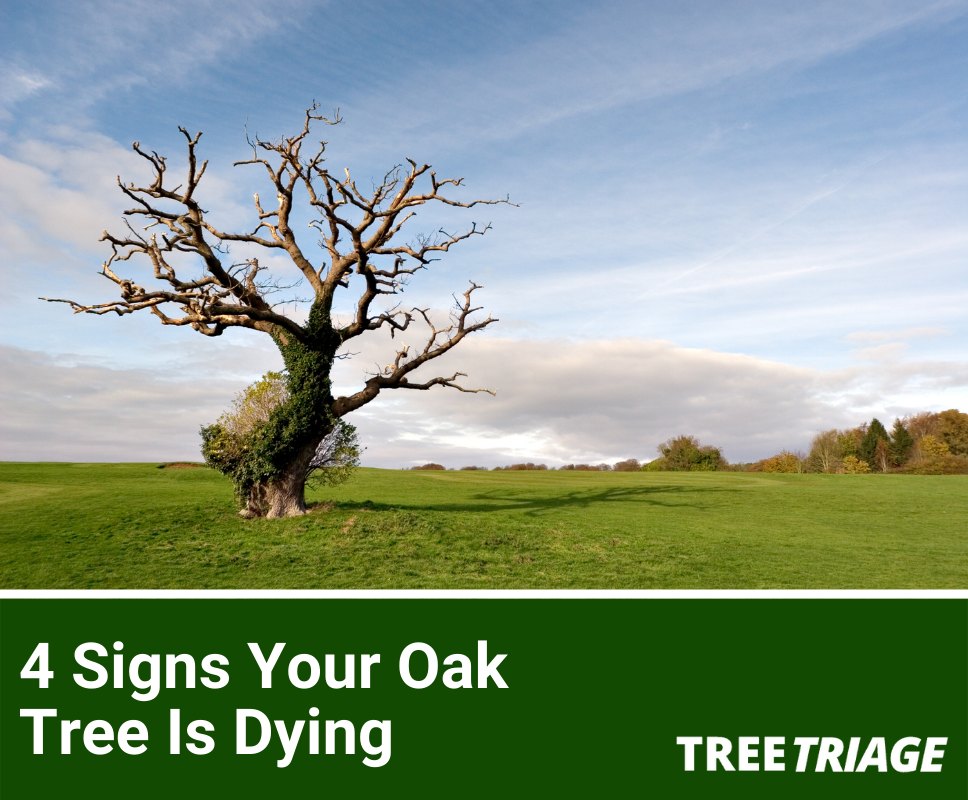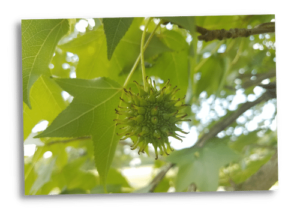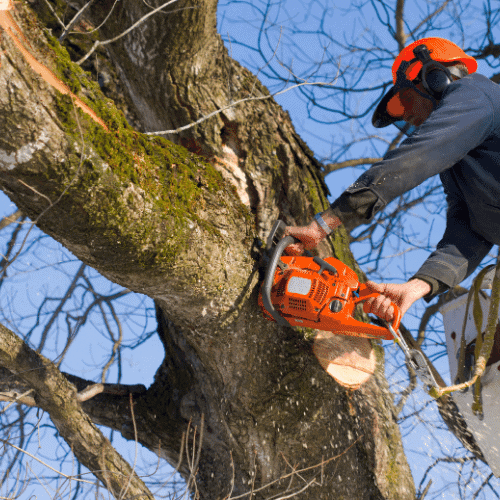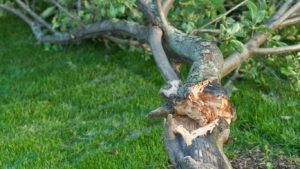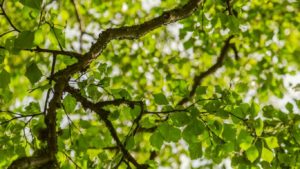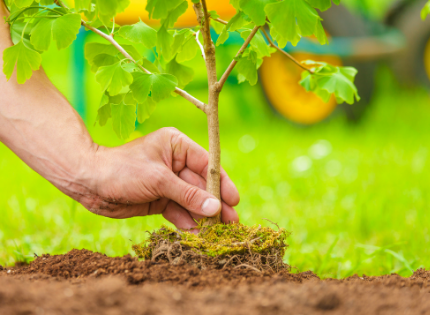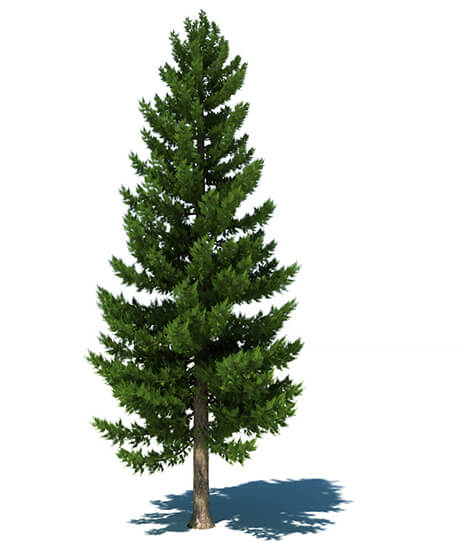Contents (Click To Jump)
Can A Dying Oak Tree Be Saved?
If disease is detected early, it may be possible to restore your oak tree’s health. Success in bringing back a dying tree depends upon how far the infection has spread, the quality of maintenance the tree has received, and the overall vitality of the oak tree itself.
Removing all deadwood, diseased branches, and stems will prevent the infection from spreading to other parts of the tree. Spread a large tarp on the ground to collect cuttings, and discard or burn infected branches immediately.
Spray diseased sections with an appropriate fungicide. Be sure to follow label instructions and use precaution. Also be sure to consult with our certified arborists and tree specialists before applying any fungicide injections.
It’s best to wear gloves when handling a diseased oak tree, and disinfect pruning equipment thoroughly after each use to prevent spreading the disease to other trees. Then, inspect your oak tree periodically for signs of more disease or decline.
Signs & Symptoms Of A Dying Oak Tree
It’s much easier to detect if your oak tree is sick or dying in the warmer months, after its canopy has fully leafed out. Examine the foliage for any of the below symptoms.
Yellow Leaves
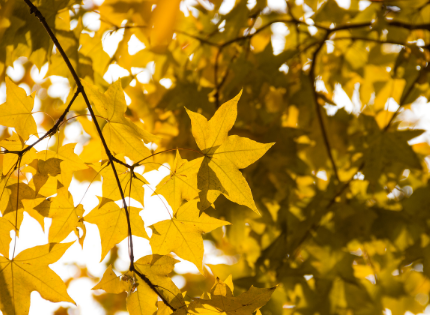
Have you noticed that all or most of the leaves have turned yellow with greenish veins? This could be a sign of malnutrition. A soil test will ensure that your oak tree is being provided with adequate nutrients.
Foliage Loss
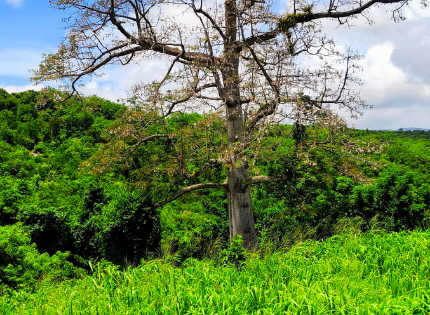
You may also notice excessive leaf drop that is unrelated to the normal change in season. This could be the result of a number of underlying causes, including insect damage, a fungal infection, water stress, or a nutrient deficiency. If left untreated, any of these problems could eventually cause the tree to die.
Top Branches are Dead
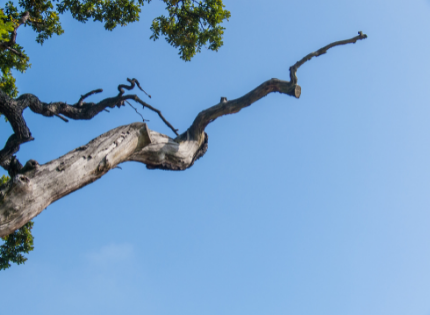
Inspect the branches of your oak tree. If new growth appears only on the lower branches, with brown leaves appearing on the upper ones, the tree is likely dying.
Powdery Mildew
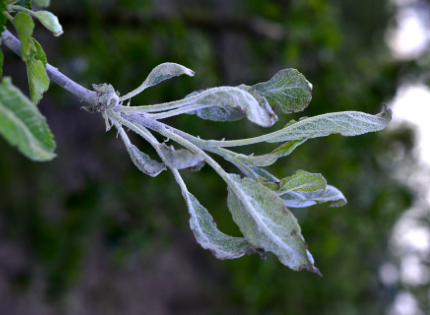
Powdery mildew is a fungus characterized by the presence of white, powder-like mildew on leaves. It generally attacks new foliage, eventually causing it to die and fall off. While infection is rarely lethal, untreated it can spread and cause the canopy to weaken.
When Is It Too Late To Save A Dying Oak Tree?
It is crucial to know when your sick tree is beyond saving, so that you can contact our tree removal specialists before it becomes a potential hazard. Any of the following signs are clear indications that your tree is dead or nearly dead.
Decaying Bark
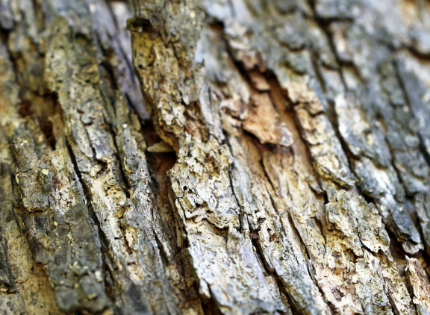
Healthy oak trees have green tissue under the bark. If the outer bark on your oak is decaying and falling off, or if you scrape away some bark from the trunk and notice the tissue is brown or yellow underneath, the tree is likely dying or dead.
Fungus Growth
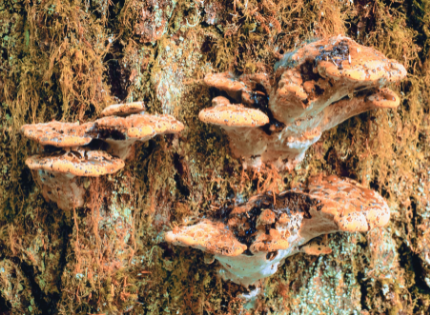
Check the base of the tree for mushrooms or other fungal growth. This is usually a sign of severe and irreversible root decay, according to the University of Georgia Extension.
Insect or Animal Habitation
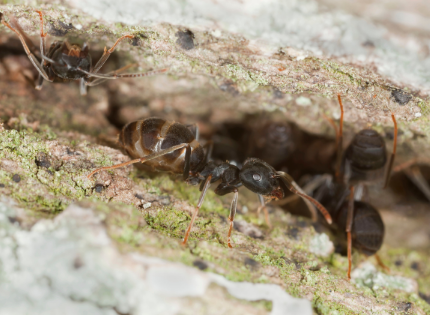
Finally, inspect your tree for insect and animal habitation. Many types of insects and animals, including ants, beetles, and woodpeckers, will invade a tree once it begins to die.
What Kills Oak Trees?
Many factors can contribute to the death of oak trees, including disease, drought, and other extreme weather conditions. Heavy rain may threaten the health of oak trees by saturating the soil, and reducing oxygen levels to the roots.
Trees in urban environments may also suffer from soil compaction, which limits pore space and can cause inadequate drainage and reduced oxygen levels.
Below are some of the more common tree diseases that can affect oak trees in North America.
Armillaria Root Rot
Armillaria is a common pathogen that causes root rot. This fungus first attacks the roots and then the lower trunk, eventually killing the tree and potentially causing it to topple over.
It can survive for many years in wood debris, dead stumps, and root systems, and may even spread to other trees through root contact, according to the University of California Integrated Pest Management Program.
Symptoms of root rot include poor growth, small yellowed leaves, and die back in the upper canopy. Another sign is the appearance of clusters of light brown mushrooms at the base of the tree, and cankers on the tree trunk.
Additionally, you may notice white, fan-shaped fungal mats appear under the bark.
There is at present no known treatment for this disease.
Oak Wilt Disease
Oak wilt is another fatal fungal disease. It clogs the tissue used by oak trees to transport water from the roots, causing the foliage to wilt and turn brown. The rate of decline of affected trees varies according to species.
The red oak family, including black, black jack, pin, red, scarlet, shingle and shumard oaks, may die within weeks. Whereas the white oak group, including bur, chinquapin, swamp white and white oaks, may survive for several years.
Symptoms include withering of the upper canopy, and the browning of branches. Red oaks may also show dry and cracking bark. However, this disease is difficult to diagnose conclusively without a lab analysis.
Oak Wilt may be transmitted either above or below ground. Beetles may feed on the sap of an infected tree that has been recently wounded from pruning or damage, and transport it to other wounded trees.
The disease may also be transmitted below ground, through the roots of one tree to another.
To prevent spread of the disease, the infected tree should be removed after trenching around the root perimeter. This will sever the contact with other roots, and prevent healthy trees from absorbing fungal material through a water tension imbalance, advises the University of Georgia Extension.
The stump should be cut as short as possible to minimize the amount of fungal material that remains. Logs should also be removed and properly disposed of.
Sudden Oak Death
Sudden oak death is also caused by a fungus. The California Oak Mortality Task Force states that the pathogen, known as Phytophthora ramorum, is a water mold that infects the bark tissue, eventually surrounding the circumference of the trunk.
This disease prevents the transport of nutrients from the leaves and causes the roots to die. The canopy in turn dies from lack of water. It thrives in cool, moist environments, and can also infect shrubs growing beneath affected trees, including rhododendron, laurel, azalea, and camellia.
Symptoms of sudden oak death include cankers on the bark — often seeping a black or reddish ooze — leaf spots, discoloration and twig dieback. Trees typically die within two years of infection.
Sudden oak death is responsible for a significant dieback of trees in California and Oregon, and was transported into the Mid-Atlantic area on nursery stock from the West Coast. For an in-depth examination of sudden oak death, watch this video created by the University of California.
There is presently no known cure, and homeowners are advised to remove all infected shrubs and trees.
Two-Lined Chestnut Borer
The two-lined chestnut borer is an insect that attacks a variety of stressed or diseased trees. The larvae create tunnels called galleries as they feed on bark tissue, cutting off nutrient transport.
Symptoms include branch dieback with leaf wilt and sudden browning. Leaves typically remain attached to branches. These borers may cause a tree to die when galleries girdle the trunk, completely cutting off nutrient passage to the branches above.
Hypoxalon Canker
Hypoxalon canker is another fungus that may attack any type of oak tree that is stressed or diseased. It spreads by spores from diseased to healthy trees. Infection causes dead lesions on limbs, branches, or trunks as it develops under bark.
It can cause the sapwood to decay, weakening the structural integrity of the tree, and posing a potential safety hazard.
Symptoms are typical of other oak tree issues: including yellow or browning leaves, small leaves and reduced twig growth, a thinning canopy, and dead branches.
Removing dead branches may help restore the tree’s health. However, if more than 15% of the canopy is infected, the tree should be removed as it is likely to have permanent structural damage.
What’s The Best Way To Keep An Oak Tree Healthy?
There are several preventative measures that can be taken to keep your oak trees healthy, and minimize the risk of disease. Some key recommendations are as follows.
- Provide good drainage to avoid oxygen deprivation during rainy periods
- Give them a deep watering regularly during dry spells
- Mulch under the canopy to promote soil health and moisture retention, but be sure to leave a one foot space around the base of the trunk
- Rake and dispose of dead leaves.
- Take care not to wound the bark with lawn or other equipment
- Carry out routine pruning during dormancy, from late fall to early spring
- Prune minimally, and avoid removing larger branches
- If emergency pruning is required during the growing season when beetles are active, be sure to apply a wound sealant
- Avoid compaction and take precautions to prevent root damage during any construction activity
- Dispose of diseased debris when trees are removed or pruned, to prevent spread to healthy trees
- Manage insect infestations promptly
When Should You Hire A Professional To Remove An Oak Tree?
If you suspect your oak tree is dead or beyond saving, call one of our tree care professionals to have it cut down safely and efficiently. A diseased oak tree can easily infect surrounding trees, and having dead trees on your property could pose a fire hazard. A weakened oak tree could also cause serious injury or property damage due to structural failure.

